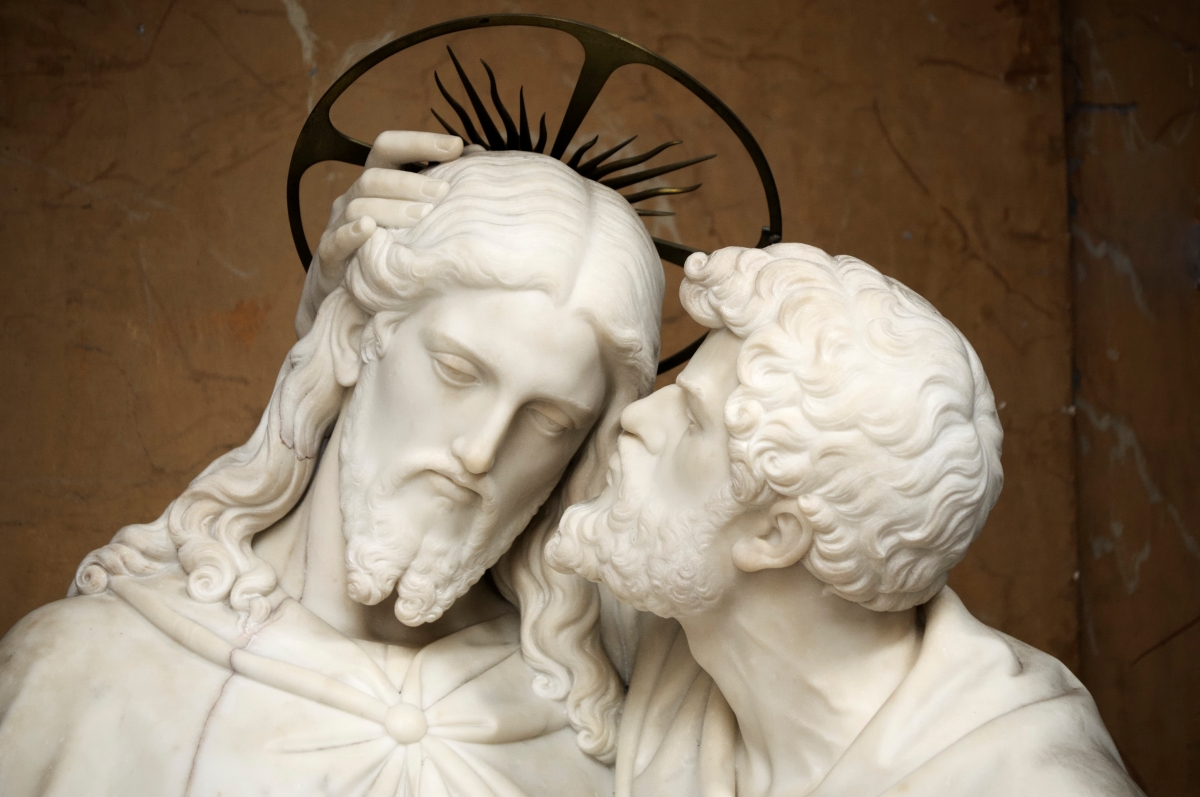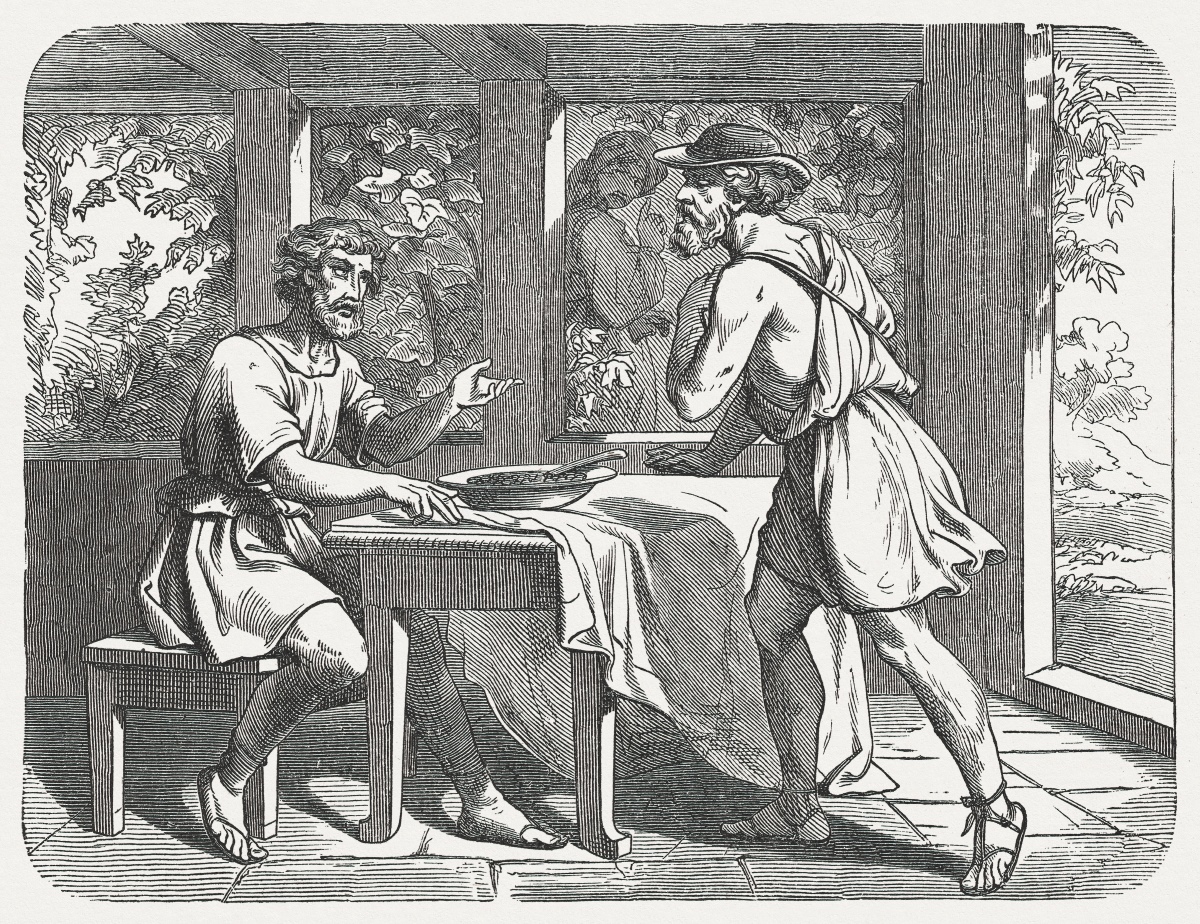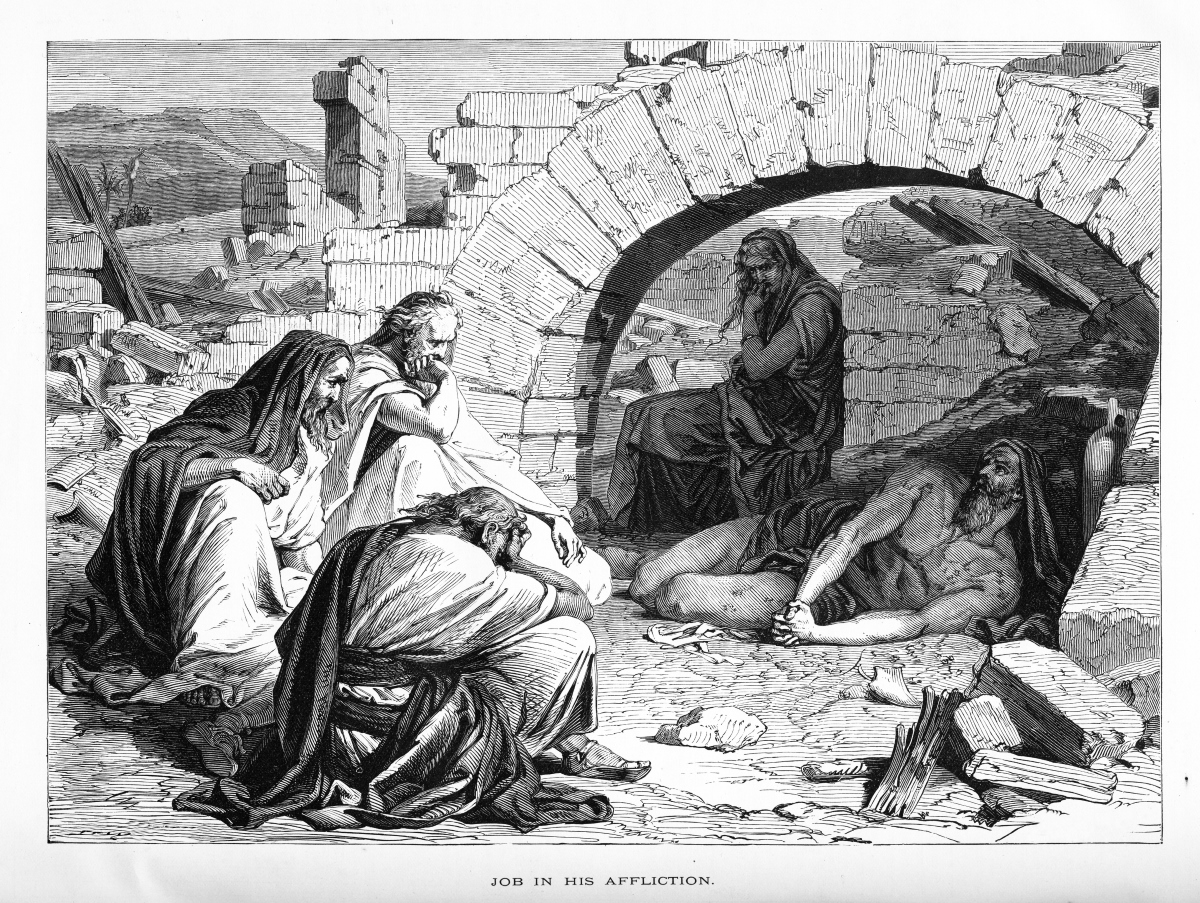5 Misunderstood Biblical Figures We Can Learn From
By taking the time to understand these characters more fully, we can learn a lot about ourselves and about God.
The Holy Bible presents a diverse cast of characters whose stories have shaped the foundations of Christianity and continue to influence our lives. However, some individuals in Scripture have been subject to misconceptions and misunderstandings, often due to oversimplification or misinterpretation of their true nature and intentions.
Exploring the narratives of these misunderstood characters can provide valuable lessons about faith and human nature. It allows us to appreciate the complexities of these figures and gain better insight into their roles within biblical teachings.
The following story examines five of the most misunderstood characters from the Bible, unveiling a more nuanced understanding of their true essence that puts their biblical significance in a different light.
1. Judas Iscariot

“Then Judas, who had betrayed Him, seeing that He had been condemned, felt remorse and brought back the thirty pieces of silver to the chief priests and elders, saying, ‘I have sinned by betraying innocent blood.’ But they said, ‘What is that to us? See to that yourself.’ And he threw down the pieces of silver in the temple and departed, and went and hanged himself.” (Matthew 27:3-5)
Judas Iscariot is infamous for betraying Jesus to the religious authorities for 30 pieces of silver, and is often viewed as a greedy and evil character. However, he can be seen as a more complex figure than a simple villain – a flawed individual susceptible to manipulation.
The argument can be made that Judas was simply obeying Jesus’ will, knowing his betrayal would ultimately lead to Christ’s crucifixion and resurrection.
Supporters of this viewpoint find evidence within the Bible. It states that Judas was “filled with Satan” (Luke 22:3), which implies he wasn’t fully in control of his actions but was being controlled by external forces. Additionally, Judas’ act of returning the thirty pieces of silver after Jesus’ arrest indicates a sense of remorse that demonstrates that he wasn’t completely heartless. He is a tragic figure that got caught up in events that were beyond his control.
2. Lot

“And Lot went out and spoke to his sons-in-law, who were to marry his daughters, and said, ‘Get up, get out of this place; for the Lord will destroy this city.’ But to his sons-in-law he seemed to be jesting. And when the morning dawned, the angels urged Lot, saying, ‘Arise, take your wife and your two daughters who are here, lest you be consumed in the punishment of the city.'” (Genesis 19:14-15)
Lot is a complex character from the Book of Genesis known for fleeing Sodom and Gomorrah (his wife turned into a pillar of salt). Often portrayed as a cowardly and immoral man, Lot demonstrated righteousness by resisting wickedness in Sodom, protecting the angels, and following God’s command to flee.
Lot was not a perfect man, but he was a man that tried to do the right thing. He was willing to protect his guests, even when it meant risking his own life. And he also showed compassion by being willing to help his daughters, even when they had made serious mistakes. Lot’s story is a reminder that even the best of us are capable of making mistakes, but that God is always willing to forgive us if we are willing to repent.
3. Mary Magdalene

“But Mary stood weeping outside the tomb, and as she wept, she stooped down and looked into the tomb. And she saw two angels in white sitting, one at the head and one at the feet, where the body of Jesus had lain.” (John 20:11-12)
Mary Magdalene is one of the Bible’s most famous women, and a devoted follower of Jesus that has often been mischaracterized as a prostitute, despite there being no biblical evidence that this was the case.
Mary Magdalene was not a prostitute, but she was a woman who had been through a lot in her life before she was healed by Jesus. She became an example of how God can redeem even the most broken people, and was instrumental in supporting Jesus’ ministry (Luke 8:2-3). Mary Magdalene was the first to witness the empty tomb after Jesus’ resurrection.
4. Jacob

“And God said to him, ‘Your name shall no longer be called Jacob, but Israel; for you have struggled with God and with men, and have prevailed.'” (Genesis 32:28)
Jacob, the second-born son of Isaac and Rebekah, is often portrayed as a trickster and a schemer, but there is more to his story than that. He was favored by his mother, which caused tension between him and his older twin Esau. Jacob used cunning to trick Esau out of his birthright, then later tricked his uncle Laban out of his flock, actions that support the allegation he was dishonest and manipulative.
Jacob however, was also a man of faith and family. He wrestled with God at Peniel and emerged spiritually matured, trusting God rather than deceit. Jacob became “Israel,” father of the 12 tribes, and his story shows us that even the most flawed people can be redeemed by God. It also shows us that we can overcome our challenges if we have faith and perseverance.
5. Job

“Then Job arose, tore his robe, and shaved his head; and he fell to the ground and worshipped, and said: ‘Naked I came from my mother’s womb, and naked shall I return there. The Lord gave, and the Lord has taken away; blessed be the name of the Lord.'” (Job 1:20-21)
The Book of Job commences by presenting Job as a blameless and upright man who feared God and shunned evil (Job 1:1). However, God permits Satan to test Job’s faith, resulting in the loss of everything Job held dear—his family, possessions, and health.
Job experiences immense devastation but remains unwavering, steadfastly refusing to curse God. Although he questions the fairness of God’s actions, he never forsakes his faith. Ultimately, God restores Job’s fortunes and blesses him even more abundantly.
Often portrayed simply as a paragon of patience, Job’s character possesses greater complexity. He grapples with his faith, even expressing moments of cursing God. Yet, it is through his suffering that Job encounters God on a profound level. His story serves as a reminder that each individual faces unique trials from God and demonstrates that faith can endure even amidst the most challenging circumstances.
Conclusion
These are just five examples of many misunderstood characters from the Bible. By taking the time to understand these characters more fully, we can learn a lot about ourselves and about God. We are all capable of making serious mistakes in life, but we can learn from them and grow as people. Even the most flawed people can be redeemed by the boundless love of God.
SKM: below-content placeholderWhizzco for FHB

